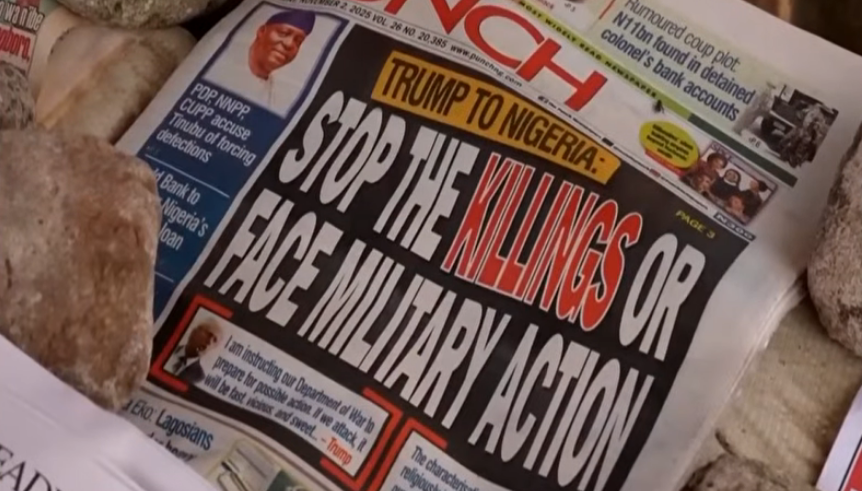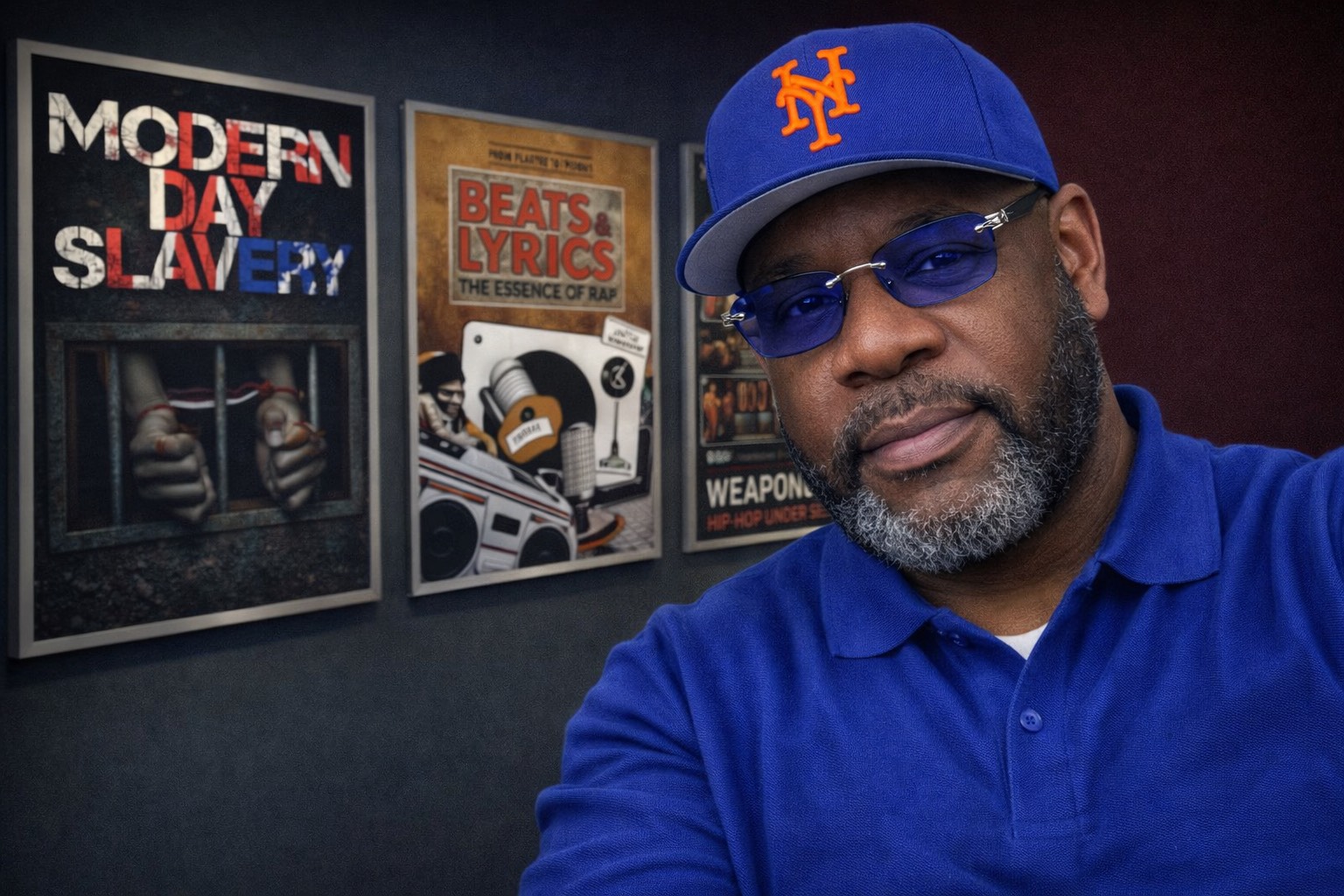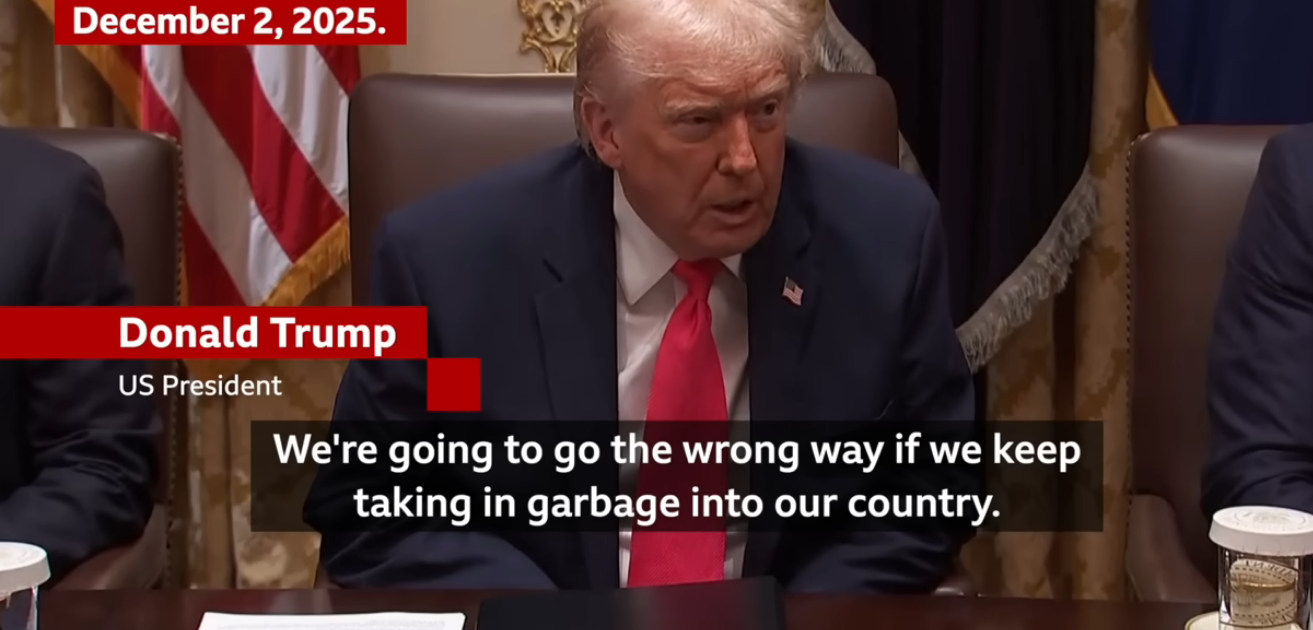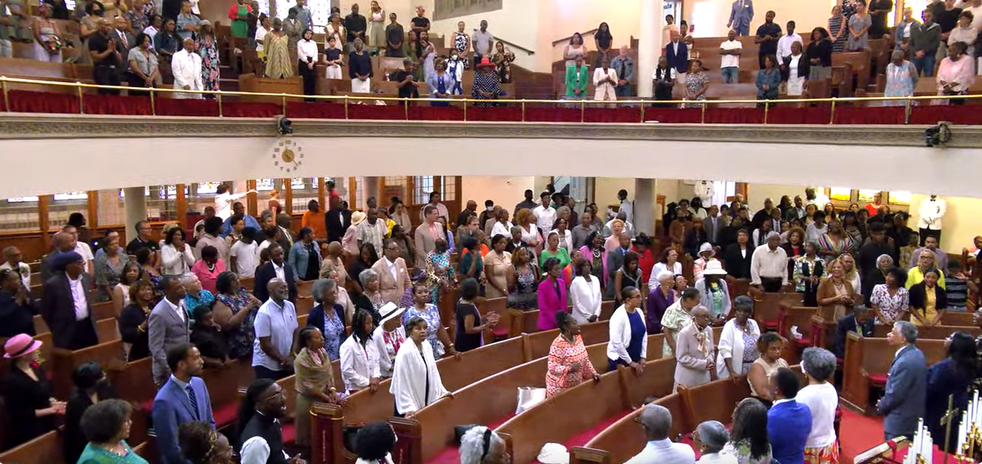Photos: YouTube Screenshots\Wikimedia Commons
After the murder of George Floyd, New Yorkers went to the streets to take part in one of the largest protest movements in U.S. history. One of the primary demands of these protesters was an end to the unjustified, vicious violence meted out by police officers against Black people. In New York City, the NYPD responded to these calls with that very violence.
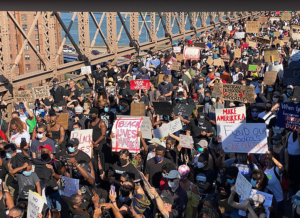
NYPD officers pepper sprayed demonstrators indiscriminately, beat them with batons, struck pedestrians with bicycles, and trapped and arrested them in enclosed spaces by using a tactic known as kettling. These actions were often either expressly endorsed by higher-level officers or were done by officers who knew they were being recorded, perhaps sensing that their actions would not result in discipline.
It wasn’t just low-level officers who abused New Yorkers during the George Floyd protests. NYPD leadership was not prepared for the protests and often relied on stale and incorrect intelligence that equated critiques of policing with violence to flood protests with aggressive and inexperienced police officers without any plan for de-escalation. This resulted in line officers charging into crowds to attack protestors without adequate supervision.
When leadership did deploy officers with some experience policing protests, it was almost always members of the infamous Strategic Response Group that has been instrumental in the brutalization of many protesters in the past. These deployment decisions only heightened tensions and undermined any attempts at de-escalation.
The NYPD’s actions during the protests sparked several lawsuits against the city and the NYPD, including one from the NYCLU. Now, as a result of many of those lawsuits, there is a new settlement agreement that will help overhaul how America’s largest police force responds to protests.
The agreement, which still must be approved by the court, resolves lawsuits filed by the NYCLU and Legal Aid Society, New York Attorney General Letitia James, and several other private firms. As a result of the agreement, the NYPD has agreed to change how and when it deploys officers to public demonstrations. It also makes enforceable limits on police use of force and arrests.

How the Settlement Will Work and What it Means
The centerpiece of the settlement is a new, four-tiered system for how NYPD responds to protests. All protests are presumed to fit into the lowest tier. This significantly limits which officers are allowed to police the protest, how many, and what those deployed officers should do at demonstrations. For example, the SRG should not be deployed to protests at the lowest tiers. The NYCLU has been fighting for years to disband the SRG because of its particularly vicious treatment of protesters. The agreement ensures the NYPD can no longer indiscriminately deploy the SRG to protests.
The NYPD may only move to higher tiers if the department can show there are risks to critical infrastructure or reason to believe that certain serious offenses, including certain types of property damage and violence, are imminent or are happening at the protest. At each level, the NYPD must document the reasons it authorized moving to a higher tier.
Overall, the tiered system will minimize police presence at protests and require the NYPD to use de-escalation methods before increasing its response. No longer can the NYPD flood peaceful protests with officers.
Our settlement also limits the discretion of officers to make certain arrests at protests and bans certain techniques previously used by the NYPD to police demonstrations. Officers will only be able to make arrests for most kinds of minor violations at protest if they get approval from a supervisor. And the agreement bans the crowd-control tactic known as kettling – in which large groups of protesters are trapped and then mass-arrested – and the use of helicopters to intimidate.
We’ll also be able to enforce limits to the use of force that the department simply ignored in 2020. This includes pepper spray, and baton and bicycle strikes.
Other provisions in the agreement require that the NYPD must amend its internal discipline matrix for increased penalties for officers who abuse protestors. And the agreement includes measures designed to improve the NYPD’s treatment of members of the press. The settlement makes clear NYPD officers cannot prohibit or restrict the press’s right to observe and record a protest. And officers also can’t arrest a member of the press or public solely for observing or recording police activity in a public place.

Holding the NYPD Accountable
Settlement agreements often look good on paper but enforcing them can be a challenge. To ensure accountability, a new collaborative oversight committee will review the NYPD’s response to public demonstrations over a multi-year period.
One of the biggest challenges from the 2020 protests was identifying the specific officers who assaulted our clients or made decisions to arrest protestors or disperse entire demonstrations. The settlement agreement requires the NYPD to create a new, senior role within the department to oversee its response to all public demonstrations. The new role is another mechanism to help identify the decisionmakers and hold them accountable when it comes to protest policing.
Unlike in 2020 when it was difficult to determine which higher-ranking officers were responsible for abuses and false arrests, this settlement centralizes that authority with one member of the department who will have to answer for the NYPD’s behavior.
This is a landmark settlement that holds the NYPD, the nation’s largest and most influential police force, to its oath to protect New Yorkers’ right to protest. The NYPD’s violent response to the 2020 demonstrations made clear to the world what too many New Yorkers already knew: The NYPD cannot police itself.
Now, when it comes to protest, our new settlement no longer leaves it up to the department. Because speaking out is every New Yorker’s right.
While it is true that this settlement is a major new tool for holding the NYPD accountable and reducing the department’s role in protest, it is not a magic wand. As much as ever, we need the diligent efforts of activists, community advocates, and watchdogs to continue the struggle to transform policing.
We will have more to say in the coming days about why we believe this settlement can support those efforts, and to detail where we see its strengths, its limits, and to share what else we’re doing to advance real public safety across the state.


